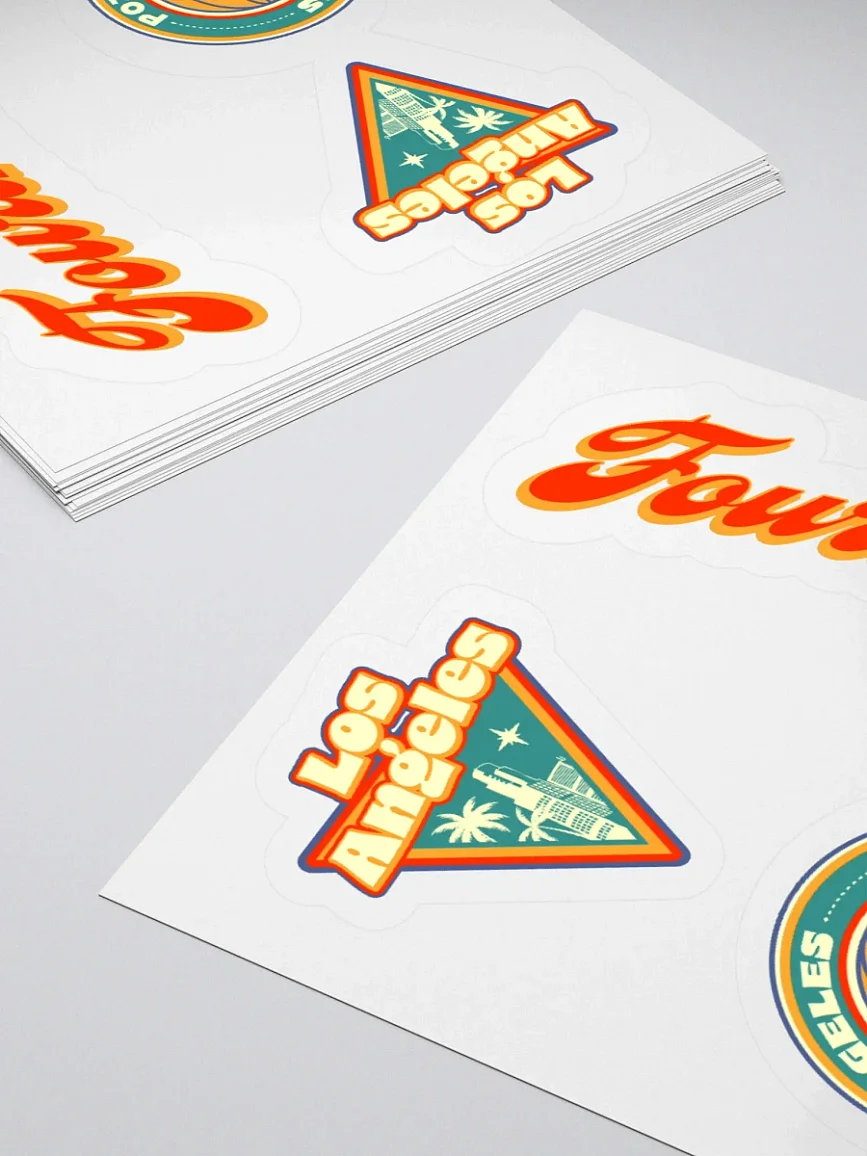YouTube Demonetization? A Guide to Protect Your Channel
.webp)
In a new generation of content creation, YouTube has become a major platform for creators. YouTube is a video-sharing platform that boasts over two billion monthly active users worldwide, with hundreds of thousands of channels catering to a wide array of interests, and providing creators with a revenue-generating avenue.
Monetizing content is easier said than done. One issue that plagues YouTube creators the most is demonetization. Demonetization is when YouTube restricts an ad's revenue or removes ads from specific videos on the platform. The practice often triggers frustration among creators who once generated income through monetized videos as they can lose significant financial support. In this article, we'll break down the basics of YouTube demonetization and provide tips on protecting your videos to ensure you're making the most out of your content.
What is YouTube Demonetization?
In a new generation of content creation, YouTube has become a major platform for creators. YouTube is a video-sharing platform that boasts over two billion monthly active users worldwide, with hundreds of thousands of channels catering to a wide array of interests, and providing creators with a revenue-generating avenue.
Monetizing content is easier said than done. One issue that plagues YouTube creators the most is demonetization. Demonetization is when YouTube restricts an ad's revenue or removes ads from specific videos on the platform. The practice often triggers frustration among creators who once generated income through monetized videos as they can lose significant financial support. In this article, we'll break down the basics of YouTube demonetization and provide tips on protecting your videos to ensure you're making the most out of your content.
What is YouTube Demonetization?
Demonetizing is the process of restricting ad revenue or removing ads altogether from videos on the platform. YouTubers that are a part of the YouTube Partner Program can earn adsense from ads that play before, during, and after their videos.
The demonetization policy exists to ensure ads only appear on appropriate content and to avoid brands being placed alongside content that could damage their reputation. Advertisers prefer to show their ads on family-friendly content and want to ensure that the content they advertise on aligns with their values and ethos. As a result, YouTube has developed a set of advertising guidelines to identify appropriate content.
Why Does YouTube Demonetize Videos?
Videos on YouTube may get demonetized for various reasons, including the following:
- You don't meet advertising guidelines: This reason may apply if a creator has violated YouTube's advertising guidelines, which include drafts that may make it difficult for advertisers to run ads alongside that content. Some of these drafts include nudity, drugs, violence, sexual content, profanity, and hateful or derogatory speech.
- Sensitive or controversial topics: This applies if a content creator's video contains sensitive or controversial topics, like firearms, terrorism, or violence, as advertisers and brands may not want to associate with such content.
- Hateful or derogatory content: The platform's algorithms are quite sophisticated, and they can identify content that may contain hate speech or similar derogatory subject matter and prevent ads from running alongside that content.
- Copyrighted material: This reason applies if a creator has used copyrighted material without permission. YouTube recommends creators to only use content that they have created themselves, or content that they have gotten permission to use. Using copyrighted material may trigger claims from the owners, and placing ads from brands on someone else's content is not desirable for YouTube.
How to Know if Your Video Has Been Demonetized
Creators will receive specific icons next to their video if their YouTube video has been demonetized. If the icon beside your video has turned red, it indicates that the video has been demonetized entirely. If the icon has turned yellow, it means that YouTube has identified content that may not meet the advertiser-friendly guidelines.
What to do if YouTube Demonetized Your Video?
If your video has been demonetized, there are several steps you can take to get it remonetized. You should consider the following steps:
1. Review your content: Check for any violation of YouTube's advertising guidelines. If there are any, make the necessary adjustments to bring it within the guidelines.
2. Contact YouTube and submit an appeal:
- Find the reason for demonetization in YouTube Studio: You can find the reason for demonetization in YouTube Studio. Go to the 'Monetization' tab and find the video that has been demonetized. Look for the yellow or red icon next to it and select it.
- Click on 'Request Review': After selecting the appropriate video, click on 'Request Review' to start the appeal process.
- Provide Additional Information: While going through the appeal process, you will have the option to provide additional information concerning the demonetization of your video. This gives YouTube more context about your video and may help them make a more informed decision.
3. Wait for the review process: It may take a few weeks for the video to be reviewed and remonetized. In the meantime, you may want to consider diversifying your income streams or seek alternative monetization methods.
Types of Content That Can Get You Demonetized
Various types of content can lead to demonetization on YouTube.
First, any content that includes copyrighted material—such as music, videos, or images that you do not own or have permission to use—can result in demonetization or removal if uploaded without rights.
Any YouTube video that violates a platform's community guidelines, including hate speech, harassment, or graphic violence, is often flagged and can lead to penalties. Inappropriate or explicit content, even if it’s not overtly violent, can also trigger demonetization, especially if it doesn’t align with the platform's content policies.
Furthermore, misleading or clickbait titles and thumbnails may result in a negative response from viewers, impacting your monetization status. To maintain a healthy revenue stream, it's crucial to adhere to platform guidelines and ensure that your uploaded content is original, respectful, and appropriate.
How to Prevent YouTube Demonetization?
Creators can take the following steps to help ensure YouTube does not demonetize their videos:
- Abide by YouTube's guidelines: Create content that complies with YouTube's guidelines, including family-friendly, positive, and engaging content that aligns with advertisers' values.
- Diversify your revenue streams: Do not rely solely on ad revenue. Utilize alternative income sources such as merchandise, crowdfunding, and sponsorships.
- Create target content: Understand your audience and create targeted content to increase engagement and viewership. Use the appropriate tags and video descriptions that will appeal to your specific viewership.
- Collaborate with other YouTubers in your niche: Collaborating with other creators is an excellent way to gain visibility and appeal to a broader audience.
- Keep up to date with YouTube’s advertiser-friendly guidelines: YouTube updates its advertising guidelines regularly, so it's essential to keep up with these updates to avoid potential demonetization.
Alternative Income Sources for Creators on YouTube
The Adpocalypse, which is a term used to describe YouTube's overhaul of their advertising structure in 2017, has made some creators wary about monetization of their content through ads. However, creators have alternative income sources on YouTube, including the following:
- Offer a membership: Platforms such as Fourthwall allow creators to launch a personalized website and offer membership services to members. Memberships are an excellent way to build a community around your content and provide exclusive content to your most dedicated fans.
- Sell merchandise: Creators can set up an online store on Fourthwall and customize merchandise for their viewers. From badges and t-shirts to phone cases and mugs, there are endless possibilities for creators to sell merchandise and promote their brand.
- Utilize crowdfunding: Creators can utilize platforms such as Patreon, Kickstarter, or Indiegogo to create crowdfunding campaigns to supplement their income.
- Sponsorships and Brand Deals: Creators can partner with brands and provide sponsored content. Sponsored content can provide a considerable income stream and provide a way to insert sponsor messages into your content.
Start to Monetize your Content!
YouTube can be a fantastic source of income for creators, provided they understand YouTube's advertiser-friendly guidelines. While demonetization may be frustrating, there are ways to avoid it, and alternative income sources are available for creators on YouTube. Check out our recent blog post in which we discuss how Armchair Historian launched a members-only service to combat YouTube demonetization.
Fourthwall provides a platform that enables content creators to launch an online store, offer memberships, and source and sell products to support their content. With Fourthwall, you can turn your passion into a sustainable income source. Get started today!
Frequently Asked Questions
Is YouTube Demonetizing AI Videos?
While YouTube doesn’t have specific monetization policies exclusively for AI-generated content, existing monetization eligibility guidelines can make such content ineligible for ad revenue. For instance, videos that feature duplicate or repeated content or those that use copyrighted materials without permission may face demonetization. Therefore, creators must ensure that their AI-generated videos comply with YouTube's broader content policies to maintain monetization opportunities.
What Is an Example of Demonetization?
Here are a few examples of the types of content that can get you demonetized on YouTube:
- When a YouTuber uploads a video that includes copyrighted music without permission.
- If the video is flagged for copyright infringement, YouTube may remove its monetization, preventing the creator from earning ad revenue from that video.
- If your content includes hate speech or violates community guidelines, it could also lead to demonetization, significantly impacting the creator's revenue potential.
Can You Get Monetized Again After Being Demonetized on YouTube?
Yes, you can get monetized again after being demonetized on YouTube, but it depends on the reason for the demonetization and whether you can fix the issue. First, you must review YouTube's monetization policies and ensure your content complies with their guidelines.
If your channel was demonetized for specific reasons, such as copyright violations or community guideline strikes, you'll need to rectify those issues, which may involve removing problematic content or appealing strikes.
Once you believe your channel meets the eligibility requirements, you can reapply for the YouTube Partner Program. YouTube will then review your channel again, and if they find it complies with their policies, you can regain monetization.
















